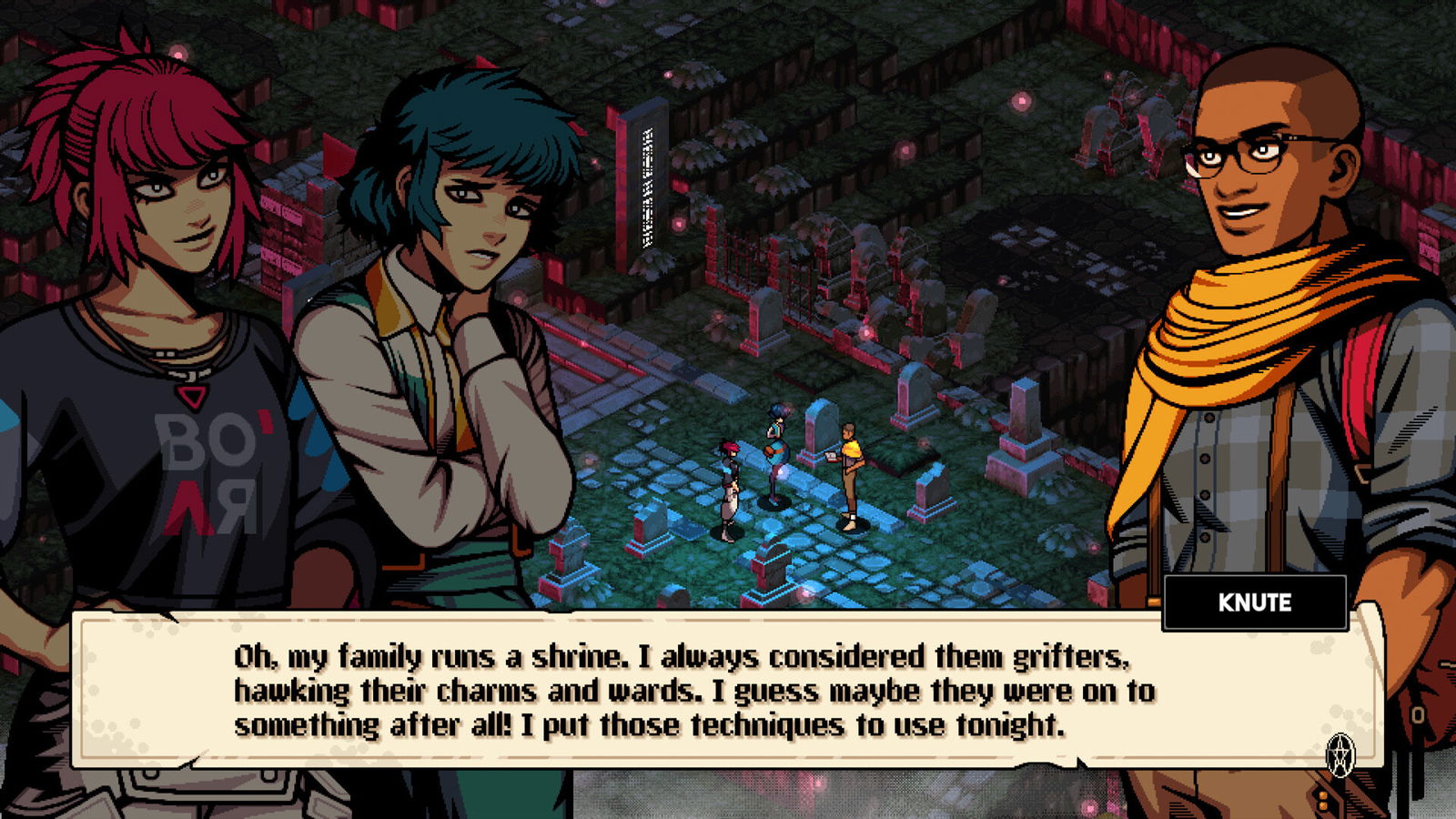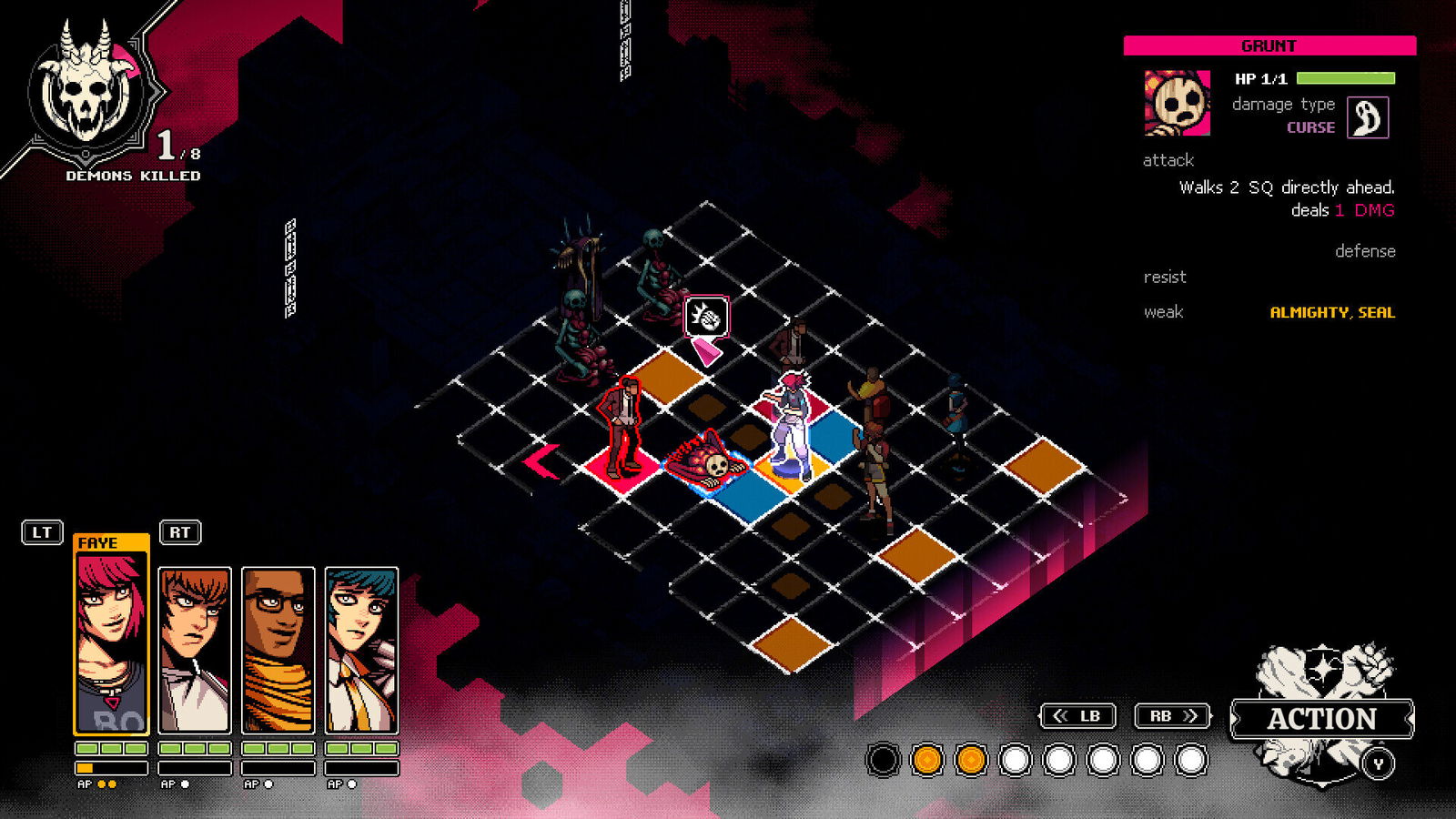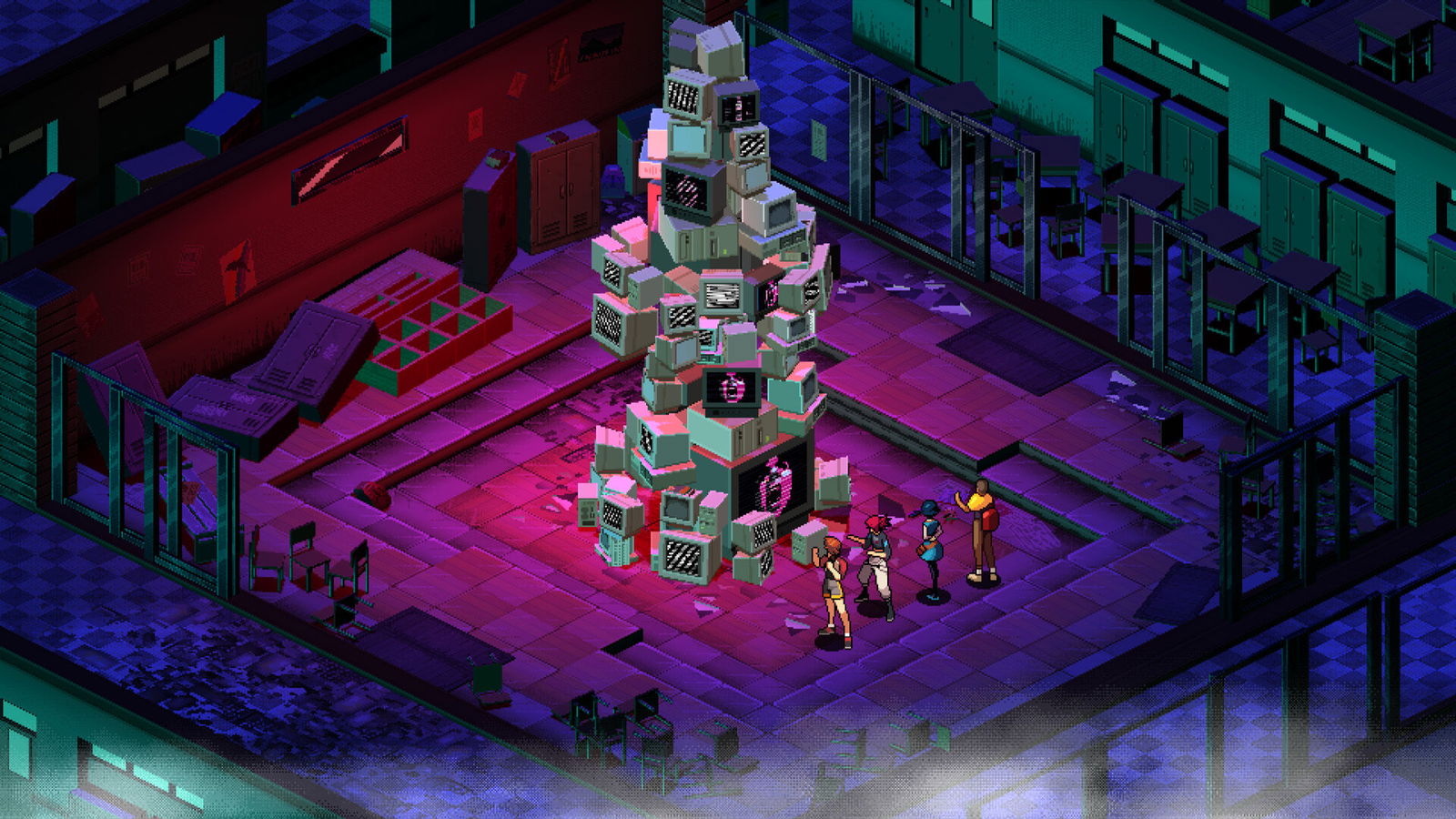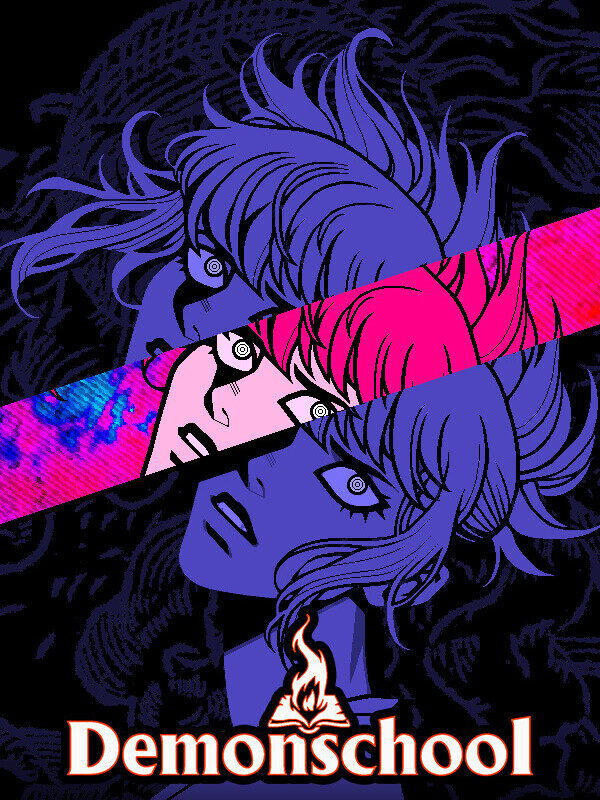Hindsight is kinda funny when you think about it. I was pretty bummed when Demonschool pushed back its initial September launch date for fear of being overshadowed by Hollow Knight: Silksong, but then the conversation around that game got so weird, and it felt like people moved on pretty quickly. Had it come out when it was meant to, it might’ve been held aloft as the hidden gem deserving of the real attention.
I’m being humorous for dramatic purposes, obviously, since I’ve said before, while I think games should be able to stand on their own and a single one shouldn’t dominate the conversation, that just isn’t the reality we live in. Truthfully, I’m glad Demonschool decided to release when it would have eyes on it because, holy moly, does it deserve it.

I genuinely can’t think of a single aspect of Demonschool that I don’t like. Right from the get-go, the game throws you into its story at a breakneck pace that doesn’t feel cheap or poorly delivered. The game centers around a girl named Faye—the last line in a family of demon hunters—who proclaims to the first person who will listen, a relatively normal girl named Namako, that an ancient family prophecy says that the demonic apocalypse will occur sometime soon.
As the two arrive on the Island of Hemsk to attend an elusive and somewhat erratic university, strange things begin occurring that start to confirm Faye’s suspicions. As more and more mysteries unfold, Faye must form a rag-tag group of misfits to combat these threats and maybe save the world.
When I first saw Demonschool, my immediate thought was something like Shin Megami Tensei, or more specifically Persona, and in some ways it does have a lot of the same DNA. The strange story is interesting enough on its own, but it is enhanced tenfold by a cast of eccentric and genuinely likeable characters—each of whom’s unique personality and genuinely solid writing make the story so much more enjoyable to experience.

But where Demonschool really shines is in its gameplay—both in the micro and macro sense. Something that surprised me right away is how there’s almost no bloat in this game. When I first saw the game, I thought it would be going for something inspired by the Persona series, not unlike Bloomtown: A Different Story, but it’s far more linear and straightforward, so it almost plays like an interactive novel.
While there are social elements, they’re implemented in a tactical way that feels much more immediate and suits Demonschool’s combat, which we’ll get to in a moment. Since Faye and her friends are in University, the moment-to-moment plot/objectives take place over the course of a week. Each advancement of the plot usually advances the day from morning, noon and night (though this is largely inconsequential).
“I’m glad Demonschool decided to release when it would have eyes on it because, holy moly, does it deserve it.”
Players can explore the Island as they wish, and depending on the point in the immediate story, certain areas can have little interactions which sometimes grant little benefits. The biggest of these are abilities that players can choose to research for two characters in order to unlock. Players will need a certain number of days to recover, so who and when they choose to unlock an ability can assist in battle, but also limit what they’re able to get for the next, so careful planning is tantamount to success.

But the highlight is definitely the combat, which takes the fundamentals of tactical turn-based RPG and cranks it to make it faster, more technical and much more thoughtful. On the surface, it seems simple—players are placed on battlefields of various sizes and need to dispatch a certain number of enemies before being allowed to exit—or seal the demons in this case. However, it’s all the little details that make combat so incredibly captivating.
For starters, like many games of its ilk, Demonschool gives players Action Points, which can be used to initiate turns. However, rather than have various moves cost different amounts of points, the game increases the amount needed for every subsequent action by the same player by one. This encourages players to be thoughtful about utilizing every character in their party to their fullest, rather than falling back on relying on one mega-character.
This plays in tandem with the way the game simplifies its player actions by making both movement and attacking one seamless motion—you move to an available space, you attack an enemy—but is expanded by each player having different rules of engagement. Faye will knock enemies back a space, whereas Namako will shift an enemy behind her while also debuffing them. So players are incentivized to set up big lines of enemies in order for big clears, or be aware of their positioning for the next turn.

But players aren’t able to move freely based on the number of spaces they can move, like a traditional turn-based strategy. Characters can only move in straight lines and need to position themselves in front of enemies or allies (in the case of healers), so it becomes a really considerate game of chess where every move counts. And since Demonschool doesn’t really award players with EXP or levels, another big part is positioning your characters across from each other for big combo effects.
“And the soundtrack in Demonschool is so good, it genuinely upsets me that I can’t find it anywhere to download. “
And players are given a three-star rank at the end of each fight, with one of the conditions usually being clearing the fight in a specific number of moves. So you can tell the devs put a lot of thought into giving combat a fast-paced kind of puzzle element where proper positioning will always yield the best result. And the presentation of Demonschool is just impeccable. It feels like the first game I’ve played in a while that doesn’t try to hide anything from you. Players are always given all the information they need—whether it’s combat details, or where story progression or bonding moments happen—at all times.
This extends to the visual presentation as well. The way it sections its battle phases to the “Planning Phase,” allowing players to make their moves and see how they’ll affect the board, to the “Action Phase,” where players get to watch all the incredibly cool animations play out. Of course, the visuals are unbelievably charming, mixing pixel art characters with low-poly environments that are bright and colourful and utilize a lot of spooky purples and blues for a game world that feels as creative as something that would’ve been on the PSX.

And the soundtrack in Demonschool is so good, it genuinely upsets me that I can’t find it anywhere to download. It swings wildly between ethereal jazz and esoteric orchestrations to straight-up funk. Each track has multiple versions as well, which are a bit more subdued when playing on the overworld or during Planning Phases, then up the tempo and intensity during character dialogue or Action Phases.
I knew I was going to like Demonschool from the moment I saw it, but I don’t think I was prepared for just how good it was going to be. It takes so many elements of so many established genres and finds ways to innovate while maintaining an identity wholly its own. Do yourself a favour and admit yourself to this school.






